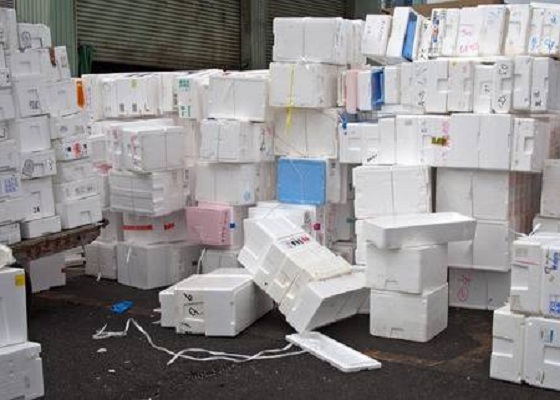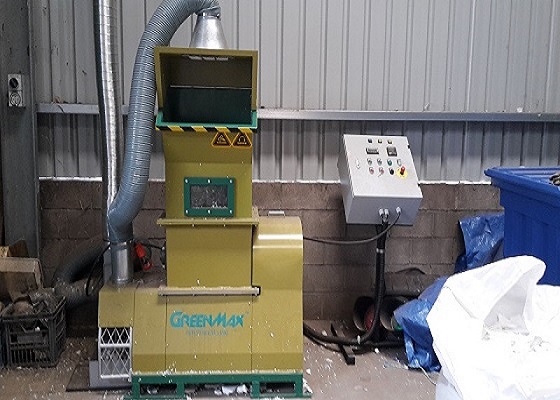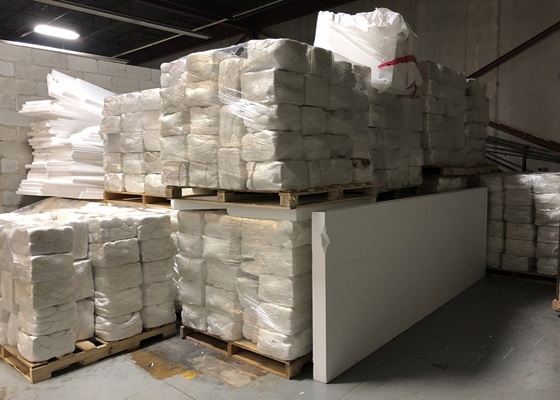After the impact of COVID-19, the foam recycling industry is being forced to go down, even though many US states have suspended or postponed the foam ban in response to the pandemic. However, the decline in crude oil prices, the reduction of workers in recycling centers, and the closure of the end market for two months have all affected the foam recycling industry.

Recycling is a key step to save resources and reduce greenhouse gas emissions, and it is also an important part of the circular economy. Many people have expectations of the circular economy. The recycling industry is also one of the industries with the most market potential. In the current situation of rapid decline in recycling rates due to the impact of the epidemic, the introduction of new recycling technologies and methods is imminent. You know, a new recycling technology, the potential market value is 120 billion US dollars, an advanced foam recycling equipment will have an economic impact of 1.3 billion US dollars and create 5,000 jobs.
Recycling companies like California’s INTCO Recycling have established foam recycling cooperation projects with customers in nearly 80 countries and regions. The foam recycling project established by INTCO is unique, complete and profitable. The project is divided into two parts. In the first part, INTCO’s foam recycling equipment brand, GREENMAX, recommends suitable models based on the customer’s foam waste. For example, the foam densifier M-C50 is suitable for small recycling stations.

Foam densifier M-C50 compresses foam waste into a hard foam ingot with a compression ratio of 90:1. The second part is that INTCO will repurchase the foam ingot produced by its customers, so that customers can make profits through foam waste, which is also unique to the INTCO recycling project. As a veteran recycling company, it also has an industrial chain in the end market of foam recycling, repurchasing foam ingot for manufacturing photo frames, baseboards and other products.

In fact, some states have embraced these innovative technologies long before the pandemic, but with the decline in recovery rates, we hope more states will take action.